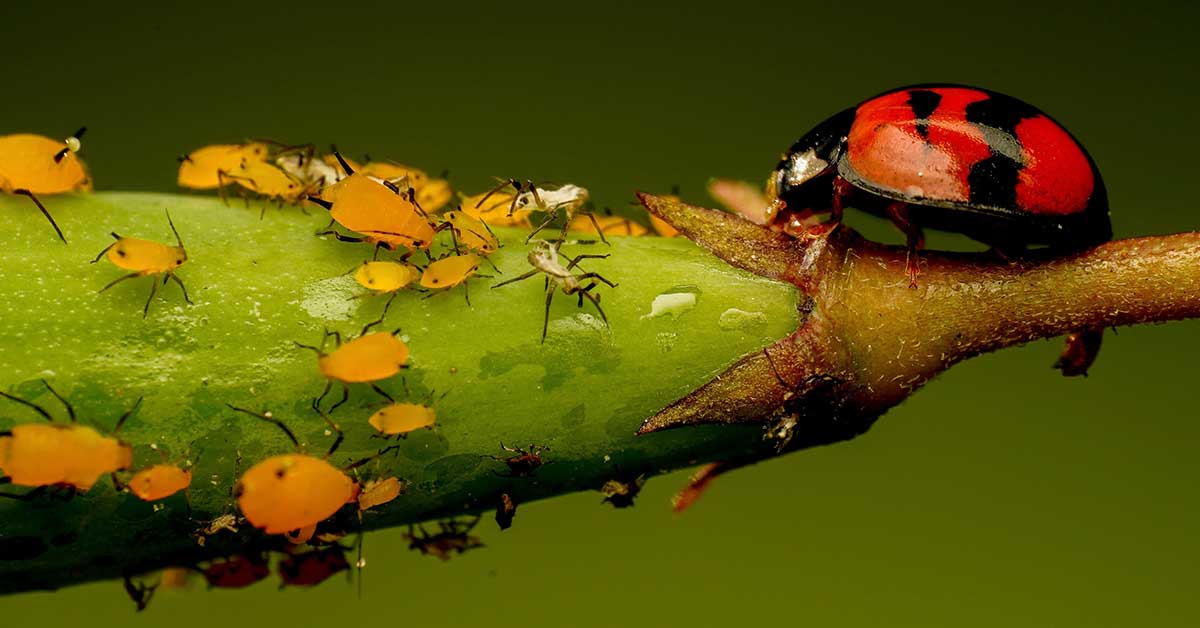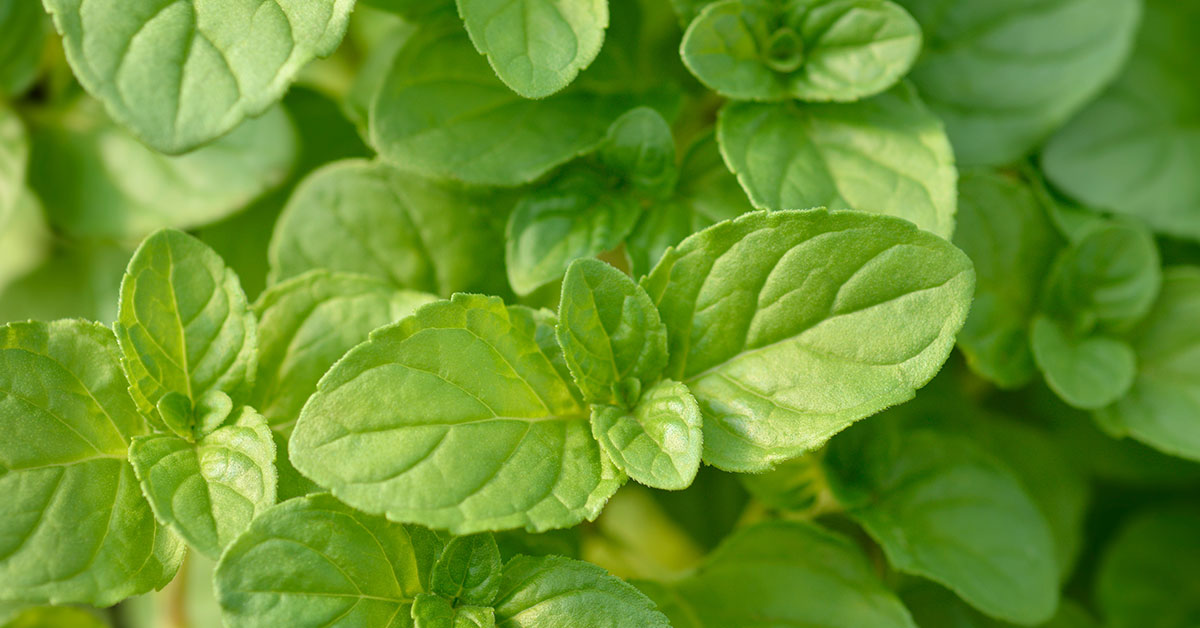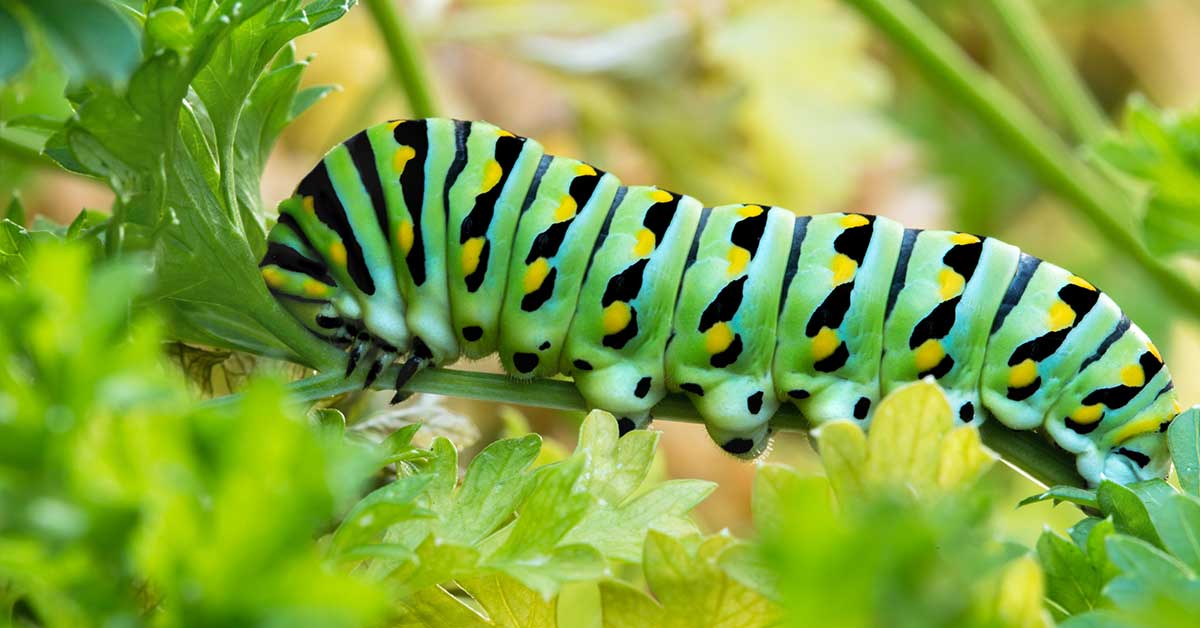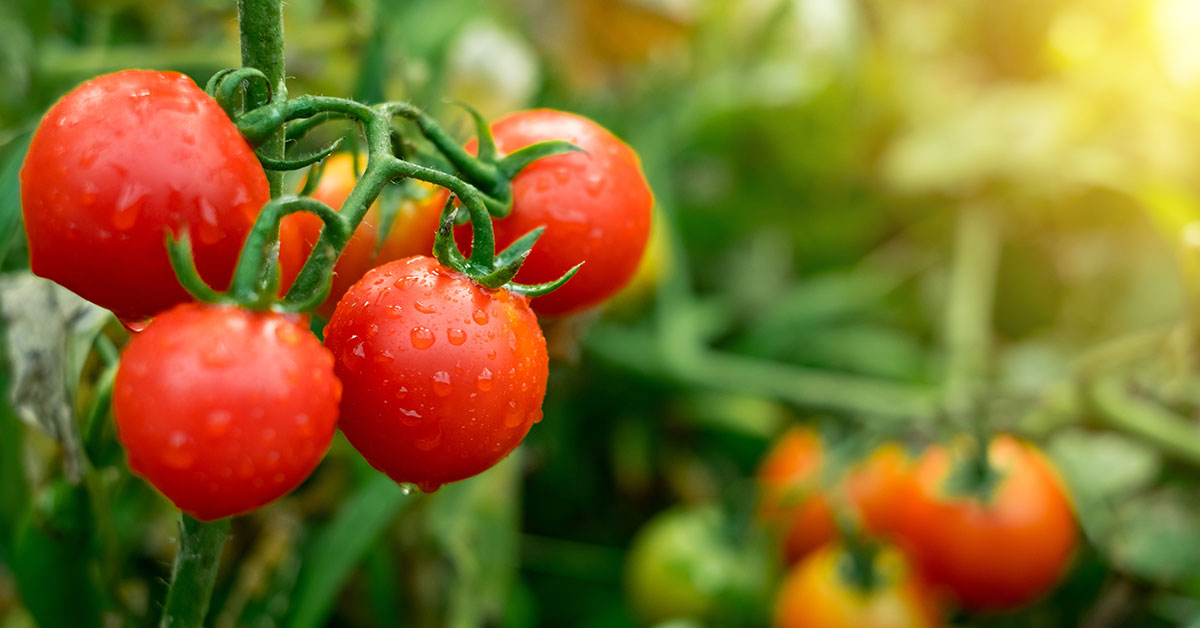Have you ever wondered how your everyday activities around the house and garden might affect the animals and insects living nearby? Sometimes, without even realizing it, things we do to make our own lives more comfortable or our gardens prettier can actually cause problems for local wildlife. From the bright lights outside our homes at night to the way we try to keep pests away, our actions can have unintended consequences on nature’s delicate balance.
In this article, we’re going to explore some of the common ways our home and garden routines might be harming wildlife. We’ll also share tips on how we can change our habits to be more wildlife-friendly. Whether it’s choosing safer ways to deal with pests or planting native flowers that help bees and butterflies, there’s a lot we can do to make a difference. By being more mindful of our choices, we can help ensure that our backyards are safe havens for the animals and insects that share our spaces.
Dirty birdbaths
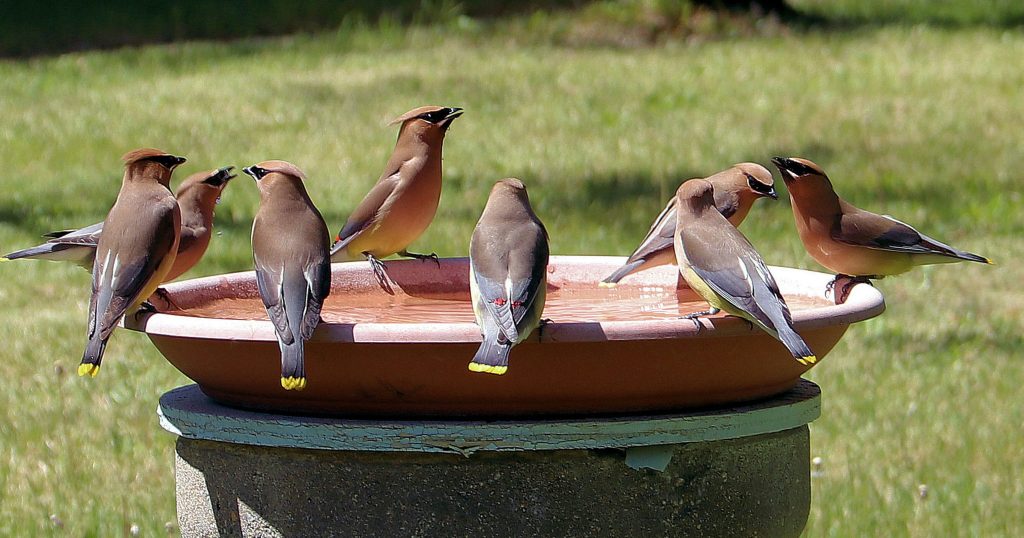
Dirty birdbaths might not seem like a big deal at first glance, but they can actually pose serious risks to our feathered friends. When birdbaths aren’t cleaned regularly, they can become breeding grounds for harmful bacteria and parasites, such as those causing avian diseases like salmonella. This not only endangers the birds that come to drink and bathe, but it can also lead to the spread of diseases among local bird populations.
Moreover, stagnant water can attract mosquitoes, which carry their own set of diseases. To keep birdbaths safe and healthy for wildlife, it’s important to scrub them out and change the water every few days, especially during the warmer months. This simple act of care helps ensure that our gardens remain a safe and refreshing stop for birds on their daily journeys.
Outdoor Lighting at Night

Excessive outdoor lighting can disorient, disturb, and kill nocturnal wildlife, such as moths and bats, leading to decreased populations and disrupting the food web. Migratory birds can also be affected, as it can alter their navigation. To mitigate this, you can use motion sensor lights, shield lights to direct them downwards, or switch to warmer, less disruptive light wavelengths. During the holidays especially, don’t go overboard with the festive lighting and be sure to turn it off, ideally by 9pm.
Using Rodenticides
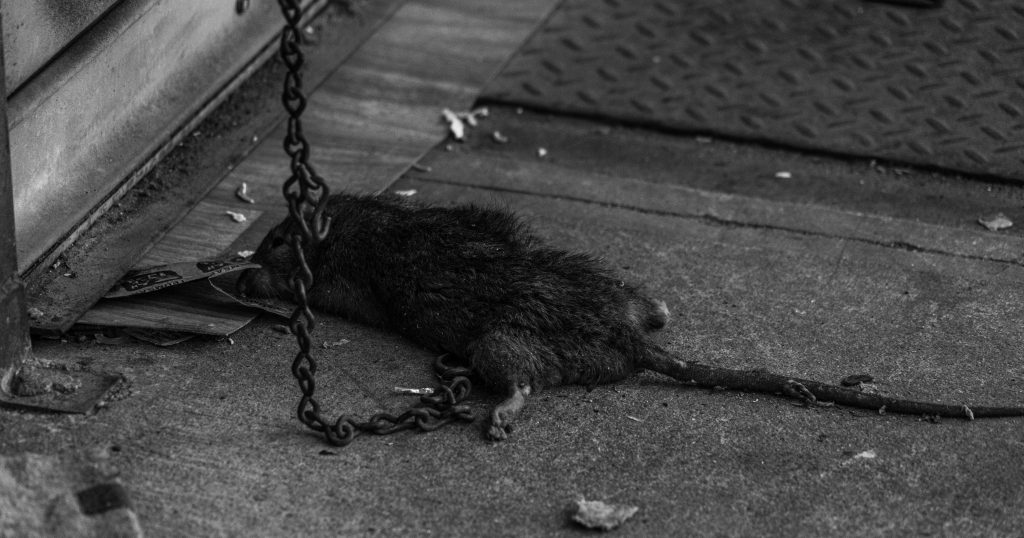
Rodenticides are poisons used to control rodent populations but can harm non-target wildlife, including birds of prey and pets that may consume poisoned rodents. This secondary poisoning can significantly impact local predator populations. As an alternative, consider using snap traps or electronic traps that target rodents directly and safely, or focus on preventing rodent access to your home by sealing entry points.
Glue Traps for Pest Control

Glue traps can catch not only intended pests like mice and insects but also small birds, reptiles, and beneficial insects. You can even trap and kill small animals like cats! These non-target creatures often suffer greatly before dying. To avoid this, opt for species-specific non-glue traps and regularly monitor any traps set outdoors to prevent unintended captures. Encouraging natural predators in your garden can also help control pests, so don’t be afraid to put up an owl nest box or two.
Overuse of Pesticides
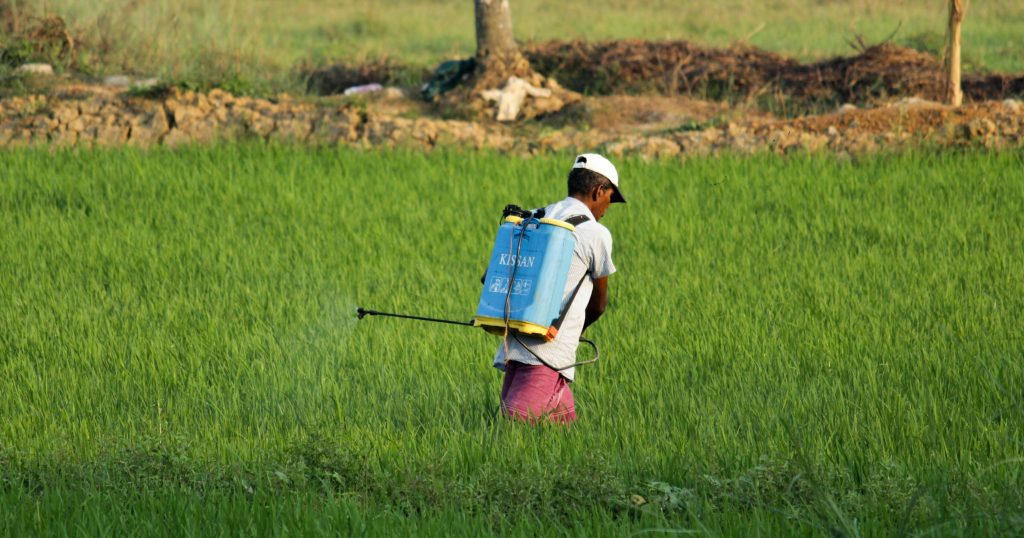
Applying broad-spectrum pesticides can kill a wide range of insects, including beneficial species like bees, butterflies, and ladybugs, which play crucial roles in pollination and natural pest control. To reduce harm, consider using targeted, eco-friendly pest control solutions, introducing beneficial insects, and practicing integrated pest management (IPM) strategies.
Use of Lawn Chemicals

Fertilizers, herbicides, and fungicides used on lawns can runoff into local waterways, harming aquatic life and reducing water quality. They can also be toxic to birds and insects that come into contact with treated grass. Using organic lawn care products, adopting a more natural lawn aesthetic that tolerates some weeds, and creating buffer zones with native plants can help protect local wildlife.
Cutting Down Trees and Shrubs
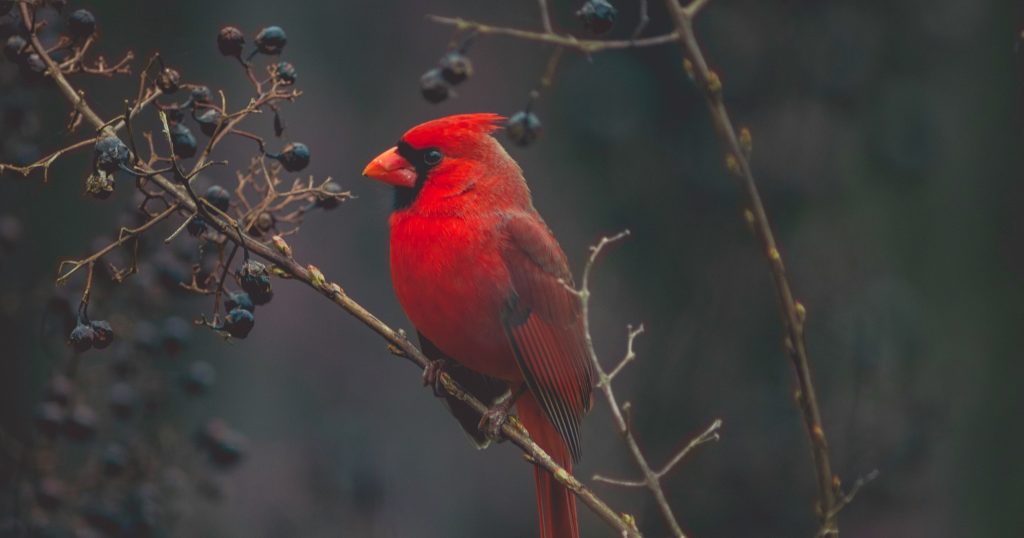
Removing trees and shrubs, especially during nesting season, can destroy habitats for birds, squirrels, and other tree-dwelling animals. Before cutting, always check for active nests and consider pruning or removal during late fall or winter when fewer animals are nesting. Planting native trees and shrubs can provide alternative habitats. And as always, if you don’t have to remove these trees and shrubs, don’t! Leave them for the wildlife.
Leaving Pets Unsupervised Outdoors

Cats and dogs allowed to roam freely can hunt and kill a wide range of wildlife, from birds to small mammals. One of the greatest threats to wildlife are outdoor cats! Keeping cats indoors or in a secured outdoor cat enclosure and supervising dogs while outside can drastically reduce these incidents. Installing bell collars on cats can also warn wildlife of their approach, but isn’t a foolproof approach.
Installing Inappropriate Bird Feeders
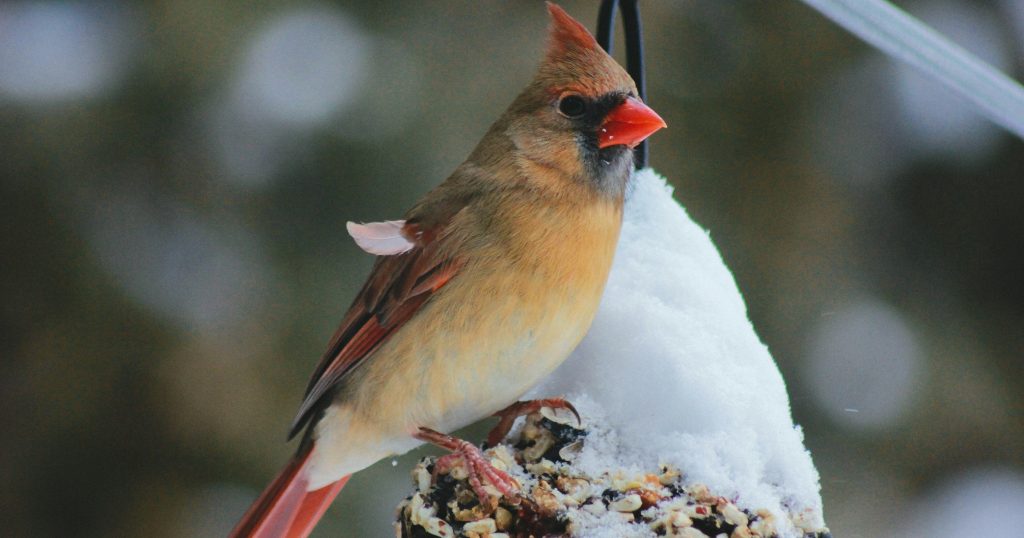
While feeding birds can be beneficial, the wrong type of feeder or food can spread diseases among bird populations or attract predators. Ensure feeders are cleaned regularly and positioned to provide a quick escape from predators. Use quality food and consider species-specific feeders to target the birds you want to help.
Using Invasive Plant Species
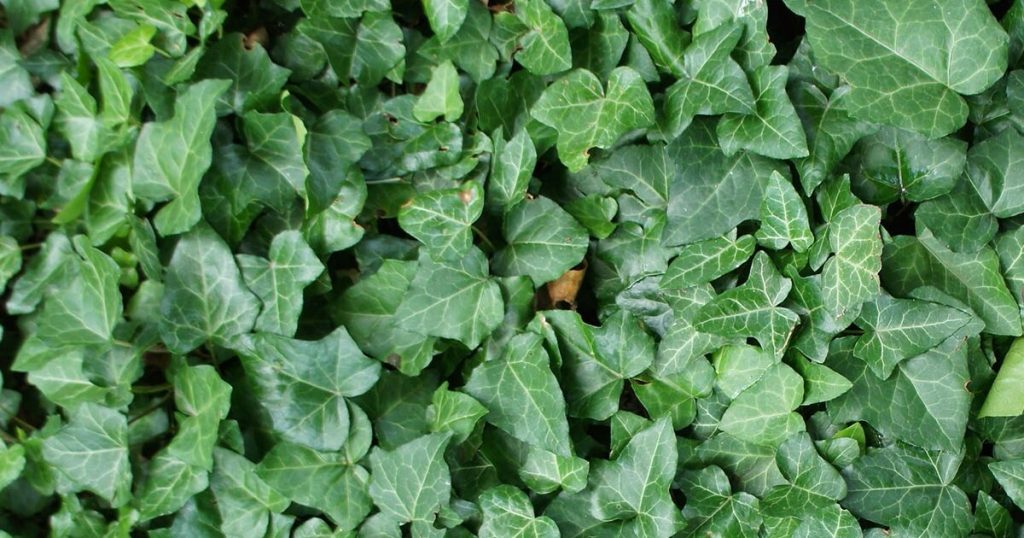
Planting non-native, invasive species can outcompete local flora, reducing biodiversity and the availability of native food sources for wildlife. Research and select native plants for your garden to support local ecosystems. Native plants are often better adapted to your climate and require less water and care. Do a little research before your plant, and when in doubt, talk to the staff at the garden center about what grows well in your region.
Excessive Water Use

Over-watering lawns or gardens can lead to runoff that carries pollutants into waterways and can also deplete local water sources, affecting aquatic life and other animals dependent on those waters. Implementing water-saving techniques such as drip irrigation, rainwater harvesting, and choosing drought-tolerant plants can help conserve water and protect local wildlife.
Feeding Wildlife Inappropriate Foods
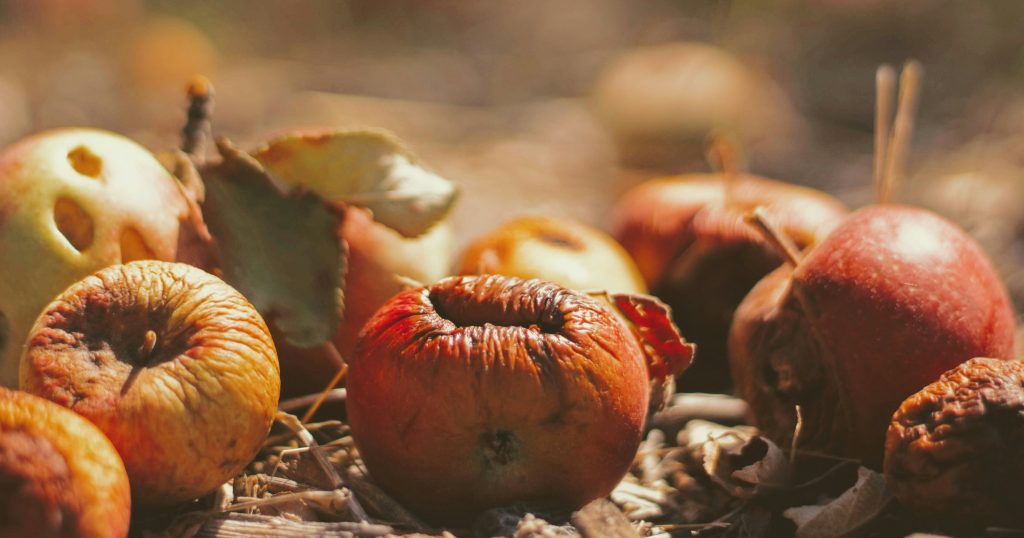
Feeding wildlife can lead to dependency on human-provided food, malnutrition, and disease spread among animals. Leaving pumpkins in nature, for example, is one thing you should avoid doing. It can also attract wildlife to areas where they are more vulnerable to predators or human conflicts. Instead of feeding wildlife, plant native species that provide natural food sources like berries, seeds, and nectar.
Destroying Underbrush and Leaf Litter
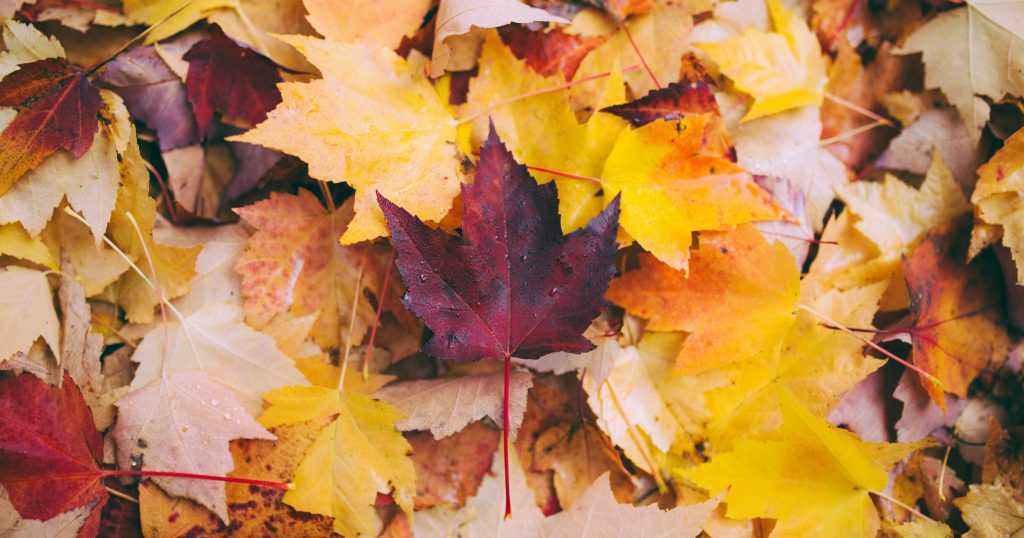
Clearing underbrush and removing leaf litter from yards can destroy important habitats for small mammals, insects, and ground-nesting birds. Leaving some natural areas in your yard can provide crucial shelter and breeding grounds for local wildlife. I always recommend raking your leaves into a discrete corner of your yard to provide cover for local wildlife. It’s also good to keep a brush pile so bird, insects, and other animals have a place to shelter in the winter.
Use of bad mulches

Some types of mulch, like rubber or non-native wood chips, provide little to no benefit to wildlife and can even leach harmful chemicals into the soil. Using native plant ground covers or organic mulches like straw or leaf litter can enhance habitat quality for insects and other small creatures.







